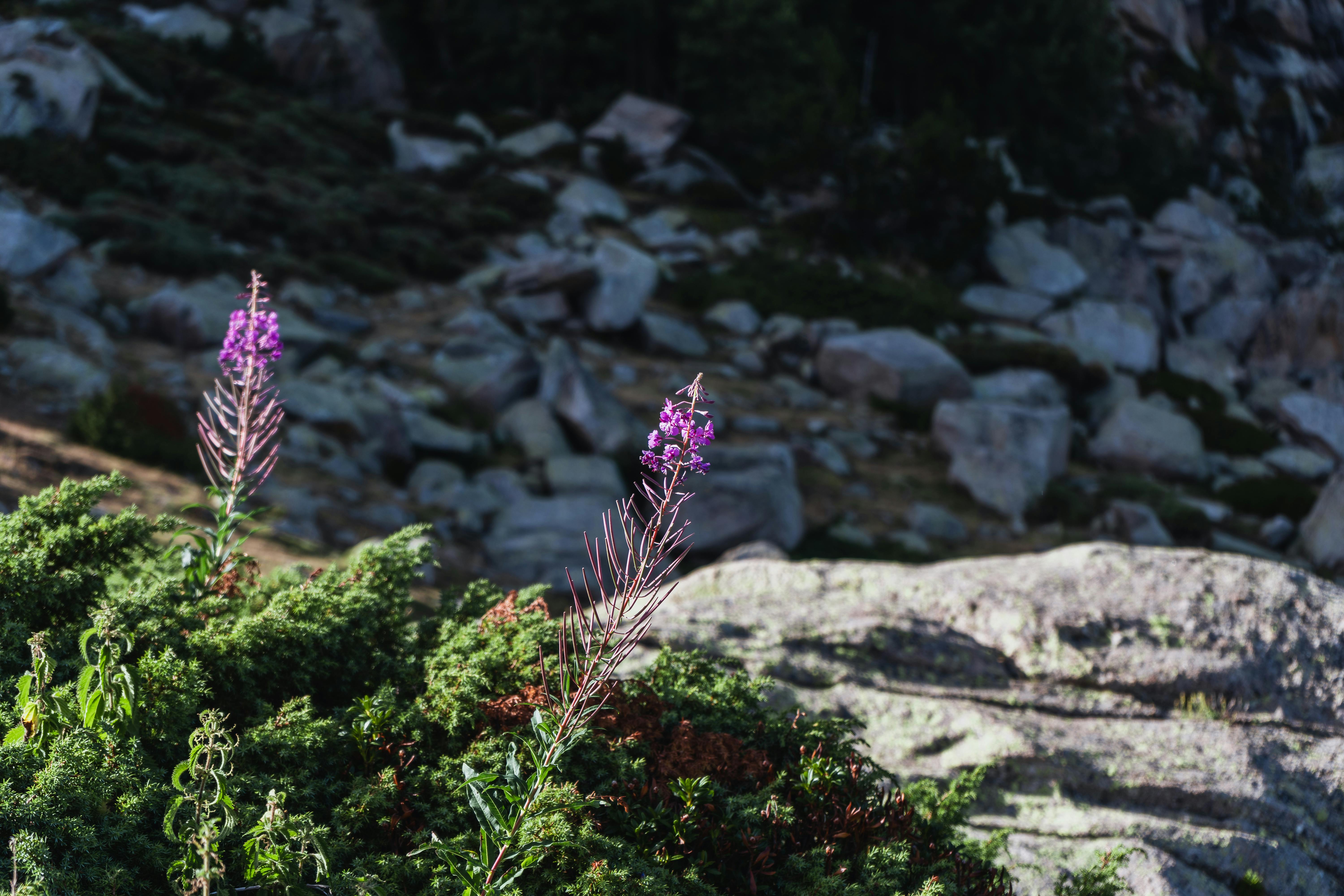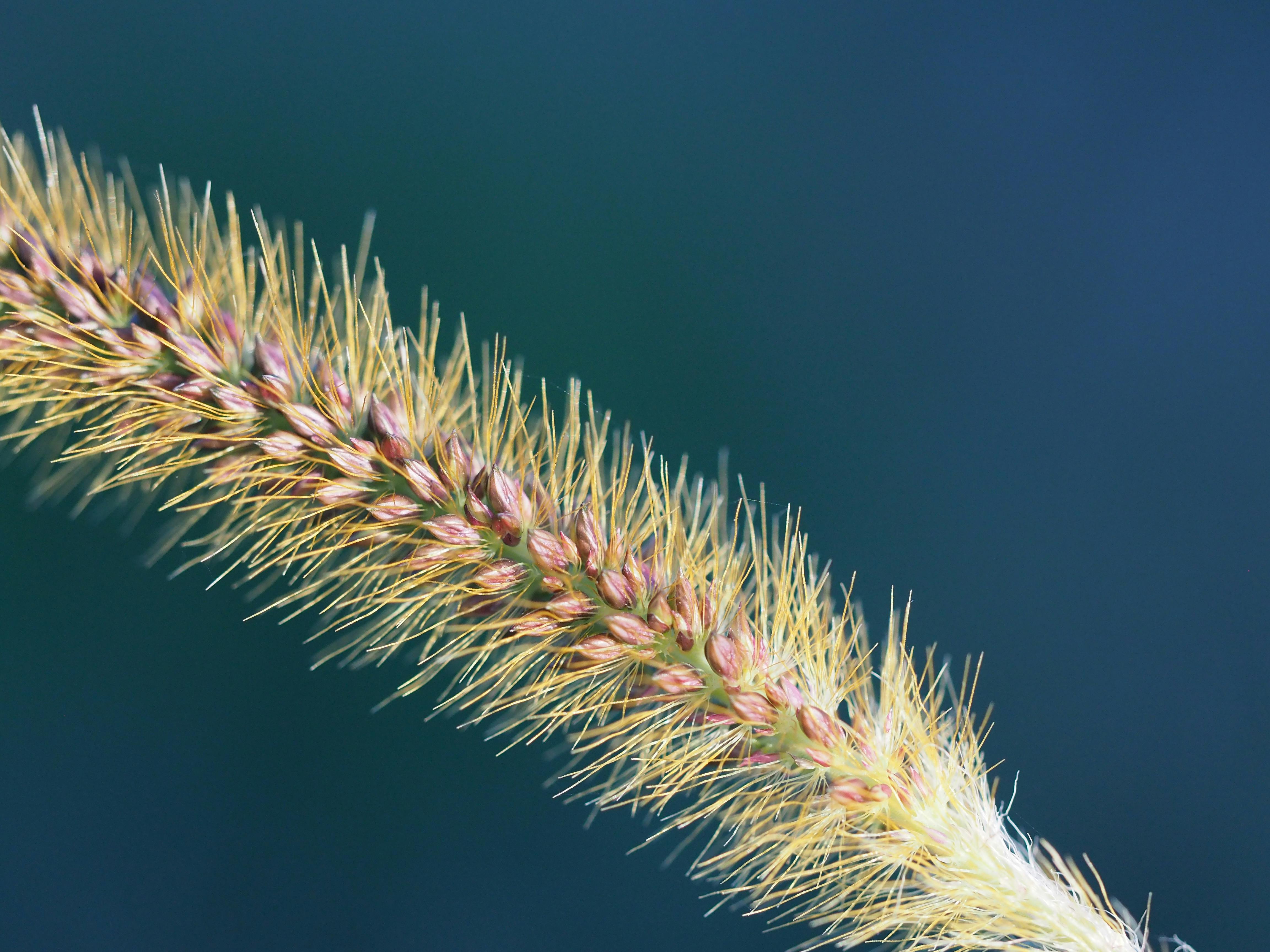Spring is the perfect season to plant wildflower seeds. Wildflowers are an easy way to add vibrant color and variety to a garden. Planting wildflower seeds in the spring can be a rewarding experience as you watch your garden bloom in all its natural glory. In this article, we will discuss the best practices for planting wildflower seeds in the spring so that you can enjoy a beautiful display of flowers throughout the summer months.The best time to plant wildflower seeds is in the early spring when the soil temperature has warmed up to at least 55 degrees Fahrenheit and the last frost has passed. Planting in the fall is also an option, but it is important to make sure the soil temperature remains above 40 degrees Fahrenheit.
What Seeds Should I Plant in Spring?
Spring is the perfect time to explore your green thumb and start planting various seeds in your garden. Depending on the climate you live in, there are a variety of flowers, vegetables, and herbs that you can grow. Here are some suggestions for what seeds to plant in spring:
Flowers: Annuals such as Marigolds, Pansies, Zinnias, and Sunflowers are popular choices to plant in spring. They add a splash of color to your garden and require little maintenance.
Vegetables: Planting vegetables in early spring can be tricky due to fluctuating temperatures. Cool weather crops like Broccoli, Spinach, Lettuce, Radishes, and Swiss Chard do well when planted earlier than other vegetables.
Herbs: Herbs like Dill, Basil, Cilantro, Parsley, Sage, Rosemary, Chives can all be planted early in the season. Some of these herbs are great for cooking or drying and preserving for later use.
When planning your garden for springtime planting it’s important to consider the type of soil you have and how much sunlight each plant will need. Doing your research on each seed variety will help you determine if they’re right for your garden or not. Even if you’re new to gardening there are plenty of options available that will help get you started!
Preparing the Soil for Wildflower Seeds
The first step to preparing the soil for wildflower seeds is to make sure it is loose and free of weeds. It’s best to till the soil to a depth of about 8 inches and remove any rocks or debris. If the soil is compacted, aerate it by using a rake or hoe. Once the soil is ready, spread a layer of compost over the top and work it into the upper layers of soil with a rake. This will help to improve drainage and provide extra nutrients for the wildflowers.
Next, scatter the wildflower seeds evenly over the top of the prepared soil. The amount of seed you need will depend on how much area you are trying to cover. To help ensure that all areas are evenly covered, use a seed spreader or simply sprinkle them from your hand.
Finally, lightly cover the wildflower seeds with a thin layer of compost or potting mix – about 1/8 inch deep should suffice. After covering, lightly water the area with a gentle stream from your hose or watering can until moistened. Keep an eye on your newly planted wildflowers and water as needed until they sprout and become established in their new home!
Which Wildflowers Should I Plant in Spring?
Spring is an exciting time for gardeners and nature lovers, as wildflowers begin to bloom and bring color to the landscape. With so many varieties of wildflowers available, it can be hard to decide which ones to plant in your garden. Here are some tips for choosing the best wildflowers for your spring garden.
First, consider what kind of conditions you have in your garden. If you have mostly sunny areas, then you will want to choose flowers that thrive in full sun, such as Coreopsis, Black-Eyed Susan, or Blanket Flower. For shady areas, look for wildflowers that do well in partial shade like Wild Columbine or Wild Ginger.
Another factor to consider is what type of soil you have in your garden. Some wildflowers need well-drained soil while others require moist soil. Be sure to research the plants you are interested in and see if they will do well in your particular soil type.
If you have limited space for planting wildflowers, look for varieties that are smaller and more compact such as Dwarf Coneflower or Dwarf Tickseed. These types of flowers can be planted closer together and still make a stunning display when they bloom.
Finally, think about the color palette of the flowers you would like to plant. There are many vibrant colors available among wildflower varieties so it’s easy to find a combination that suits your taste. Some popular options include Bluebells, Purple Coneflower, and California Poppy.
With these tips in mind, you should have no trouble selecting the best wildflowers for your spring garden!
How Much Sunlight Does a Wildflower Need?
Wildflowers typically need 6 to 8 hours of direct sunlight per day in order to thrive. Without enough sunlight, wildflowers may not grow as tall, and the blooms may be fewer and smaller in size. If a wildflower is planted in an area that does not receive enough direct sunlight, it will need to be moved or supplemented with artificial lighting.
In areas with intense sunlight, wildflowers may need protection from the harshest rays of the sun by providing shade or shelter with trees or bushes. The right amount of sunlight can be determined by observing how your wildflowers are growing and adjusting accordingly. Too much sun can cause wilting and burning of the leaves, while too little can cause weak stems and smaller blossoms.
If you are uncertain about how much light your wildflowers need, you can use a light meter to measure the intensity of the sun’s rays in different areas of your garden. This will help you determine which areas receive more or less direct sunlight throughout the day so that you can adjust accordingly.
Wildflowers are hardy plants that can withstand a wide range of conditions but they do need adequate amounts of sunlight to grow strong and produce vibrant blooms. Knowing how much direct sunlight your wildflower needs will help ensure it gets enough light for healthy growth and beautiful flowers.

How Do I Plant Wildflower Seeds in Spring?
Spring is the perfect time to plant wildflower seeds. It’s the best time of year for wildflowers to grow and bloom, so you can enjoy a beautiful array of colors throughout the season. Planting wildflower seeds is easy and can be done in just a few simple steps.
Start by preparing the soil for planting. Loosen up the soil with a shovel or rake and remove any large rocks or debris. You’ll also want to check the soil pH levels and add any necessary amendments to create an optimal environment for your wildflowers to thrive.
Once you’ve prepared your soil, it’s time to plant your wildflower seeds. You can either purchase pre-packaged seed mixes or create your own custom mix. If you’re creating your own mix, be sure to include a variety of colors and types of flowers, as well as some foliage plants that will help support them.
Once you have your seeds ready, spread them evenly over the soil surface and lightly rake them in with a hand rake or hoe. This will help ensure even coverage of the area you are planting in. Then, water lightly with a hose or watering can until the surface is damp but not saturated.
Finally, cover the entire area with a thin layer of mulch such as straw or wood chips to help retain moisture and protect from weeds. Make sure that all seeds are covered with mulch and keep an eye on your plants throughout the growing season for signs of germination and growth. With these simple steps, you’ll have beautiful wildflowers blooming in no time!
The Benefits of Planting Wildflowers in Spring
Spring is an ideal time to plant wildflowers, and there are many benefits to doing so. Wildflowers can be used to add color and beauty to your garden or landscape, while also providing food and shelter for wildlife. They are also much easier to care for than traditional flowers, requiring less maintenance and water.
Wildflowers are also great for attracting pollinators such as bees, butterflies and hummingbirds. This helps to ensure that your garden or landscape will produce an abundance of flowers each year. Furthermore, planting wildflowers in the spring will help support a healthy eco-system by providing food for birds, butterflies and other beneficial insects.
In addition, planting wildflowers in the spring can help prevent erosion on slopes or hillsides. When planted in large patches, they act as a natural barrier against runoff from storms or heavy rains. This can help reduce soil erosion and protect your property from damage caused by water runoff.
Finally, wildflower gardens can provide an aesthetically pleasing view that will last throughout the season. They add vibrant colors to any landscape while helping to create a tranquil atmosphere for outdoor relaxation. Planting wildflowers in the spring will ensure that you have beautiful blooms all season long!
What is the Ideal Temperature for Planting Wildflower Seeds?
Wildflowers are a beautiful and easy way to add a splash of color to your garden, but they can be tricky to grow. One of the most important factors in successful wildflower growth is planting at the right temperature. The ideal temperature for planting wildflower seeds depends on the species and variety of wildflowers you are planting.
Generally speaking, most annual wildflower species are best planted when soil temperatures reach at least 65 degrees Fahrenheit (18 Celsius). If the soil temperatures are too cold, seeds may not germinate or may germinate very slowly. Perennial species may require slightly higher temperatures, ranging from 65 to 70 degrees Fahrenheit (18-21 Celsius).
In some climates where temperatures remain cool throughout the growing season, it is best to start your wildflower seeds indoors in seed trays or pots and then transplant them outside once they have developed several sets of true leaves. This will give them a head start so that they will be sturdy enough to handle cooler outdoor temperatures.
To ensure that your soil has reached the correct temperature before sowing your seeds, it is helpful to use a soil thermometer. This will allow you to accurately measure the temperature of your soil and determine when it is ready for planting. You should also take into account other factors such as rainfall and sun exposure when determining when to plant your wildflower seeds as these can affect soil temperature as well.
Once you have determined that conditions are optimal for planting your wildflower seeds, be sure to follow all instructions on the seed packet carefully. Different varieties of wildflowers may require different levels of sunlight, water, or other care instructions so make sure you read all labels thoroughly before getting started!

Conclusion
In conclusion, planting wildflower seeds in the spring can be a great way to make your garden more beautiful and varied. Although there is some risk involved in planting wildflower seeds, if you do some research and practice proper planting techniques, you can have an amazing wildflower display in your garden. Wildflowers are great for pollinators and will bring color and life into your outdoor space. So go ahead, get your hands dirty and plant some wildflower seeds this spring!

